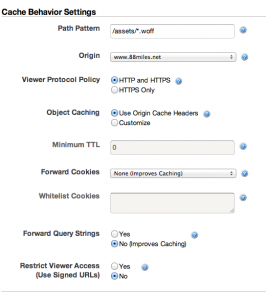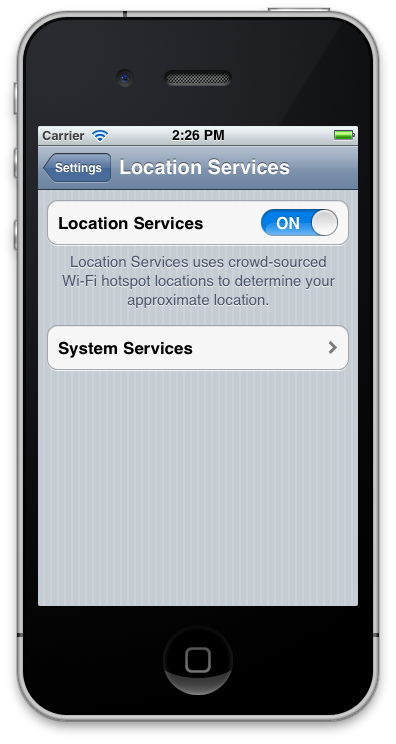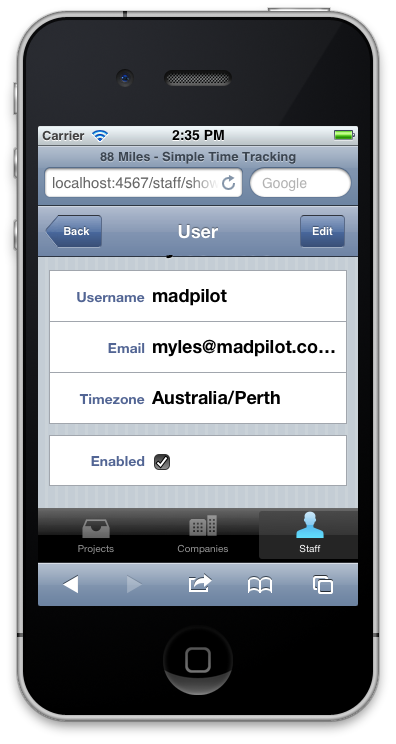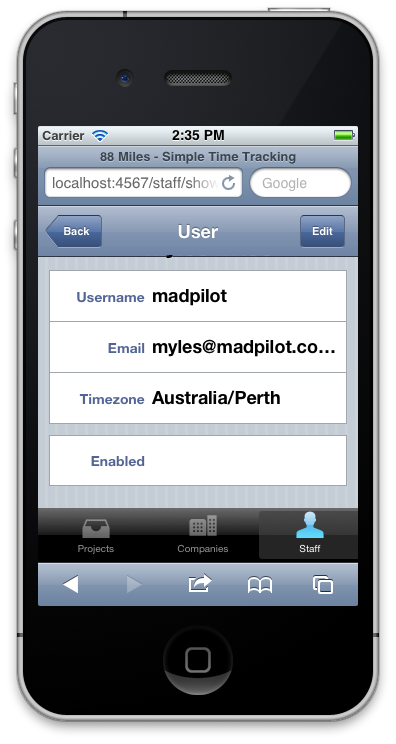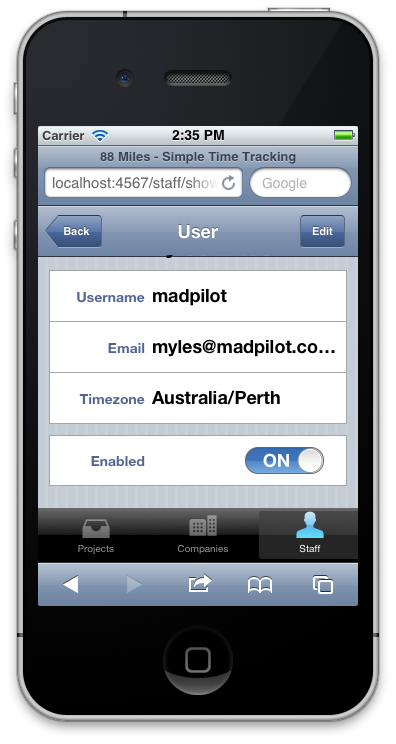A quick and dirty way to ensure your cron tasks only run on one AWS server
88 Miles has a cron job that runs every hour that does a number of things, one of which is billing. I currently run two servers (Yay failover!), which makes ensuring the cron job only runs once problematic. The obvious solution is to only run cron on one server, but this is also problematic, as there is no guarantee that the server running cron hasn’t died and another spun up in it’s place. The proper sysops solution is to run heartbeat or some other high-availability software to monitor cron – if the currently running server dies, the secondary will take over.
While that is the correct solution that I may implement later, it’s also a pain to setup, and I needed something quick that I could implement now. So came up with a this lo-fi solution.
Each AWS instance has a instance_id with is unique (it’s a string that looks something like this: i-235d734c). By fetching all of the instance_ids of all the productions servers in my cluster, and then sorting them alphabetically, I’ll pick the first one, and run the cron job on that. This setup uses the AWS ruby library, and assumes that your cron job fires off a rake task, which is where this code lives.
So step one is go get the ip address of instance that the job is running on.
uri = URI.parse('http://169.254.169.254/latest/meta-data/local-ipv4')
ip_address = Net::HTTP.get_response(uri).body
That URL is some magic URL that when called from any AWS instance will return metadata about the server – in this case the local ip address (also unique).
Next, pull out all of the servers in the cluster.
servers = []
ec2 = AWS::EC2.new :access_key_id => '[YOUR ACCESS KEY]', :secret_access_key => '[YOUR SECRET KEY]'
ec2.instances.each do |instance|
servers << instance if instance.tags['environment'] == 'production'
end
servers.compact!
I tag my servers by environment, so I want to filter them based on that tag. You might decided to tag them differently, or just assume all of your server can run cron jobs – that bit is left as an exercise for the reader. Replace [YOUR ACCESS KEY] and [YOUR SECRET KEY] with your access key and your secret key.
Now, sort the servers by instance id
servers.sort{ |x, y| x.instance_id <=> y.instance_id }
Finally, check to see if the first server’s local ip address matches the ip address of the server we are currently running on
if servers.first.private_ip_address == ip_address
# Success! We are the first server - run that billing code!
end
See? Quick and dirty. There are a few things to keep in mind…
- If a server with a lower instance_id gets booted just as the cron jobs are due to run, you might get a race condition. You would have to be pretty unlucky, but it’s a possibility.
- There is no testing to see if the nominated server can actually perform the job – not a big deal for me, as the user will just get billed the next day. But you can probably work around this via business logic if it is critical for your system – crons fail, so you need a way to recover anyway…
As I said – quick and dirty, but effective!


